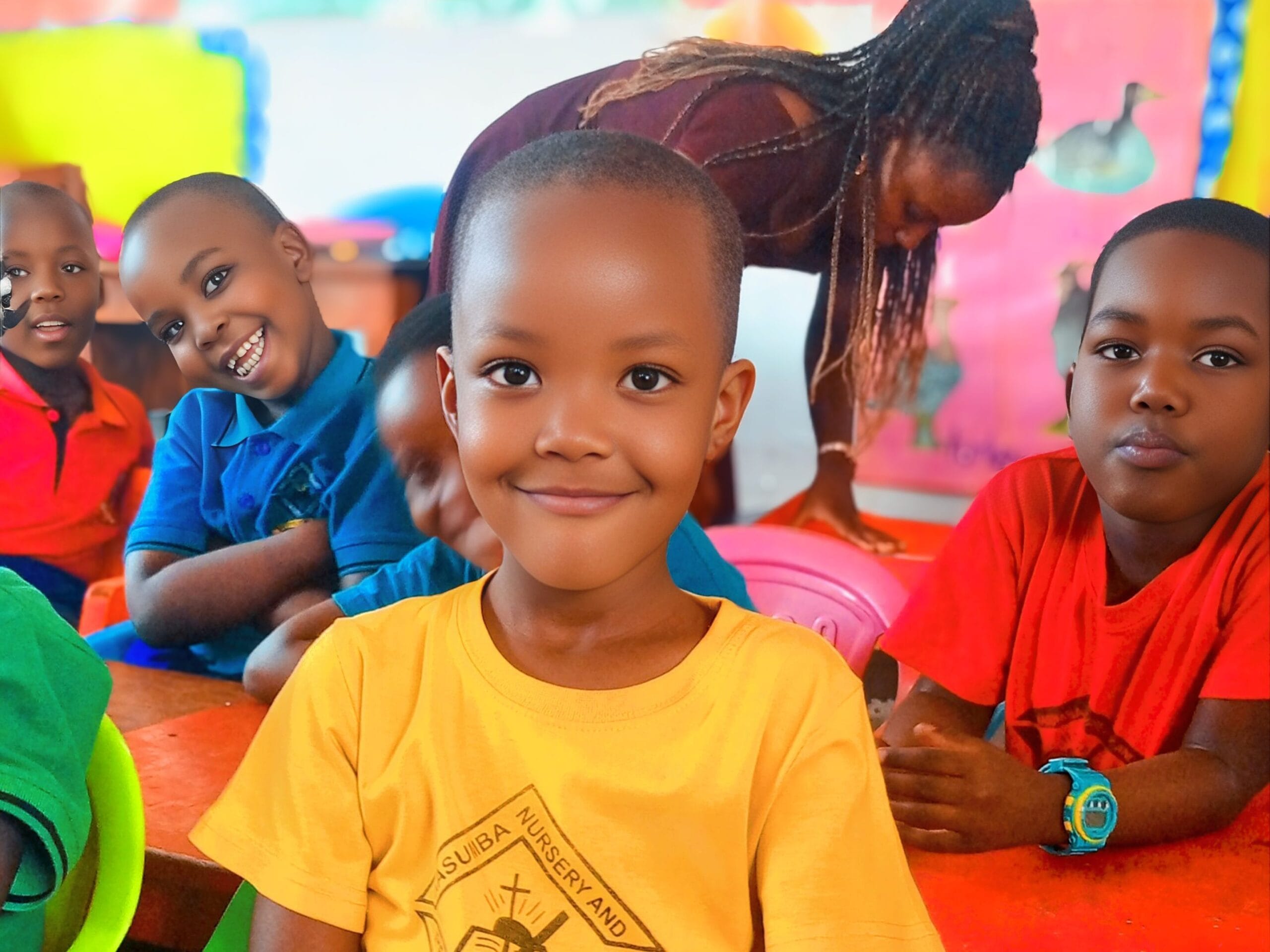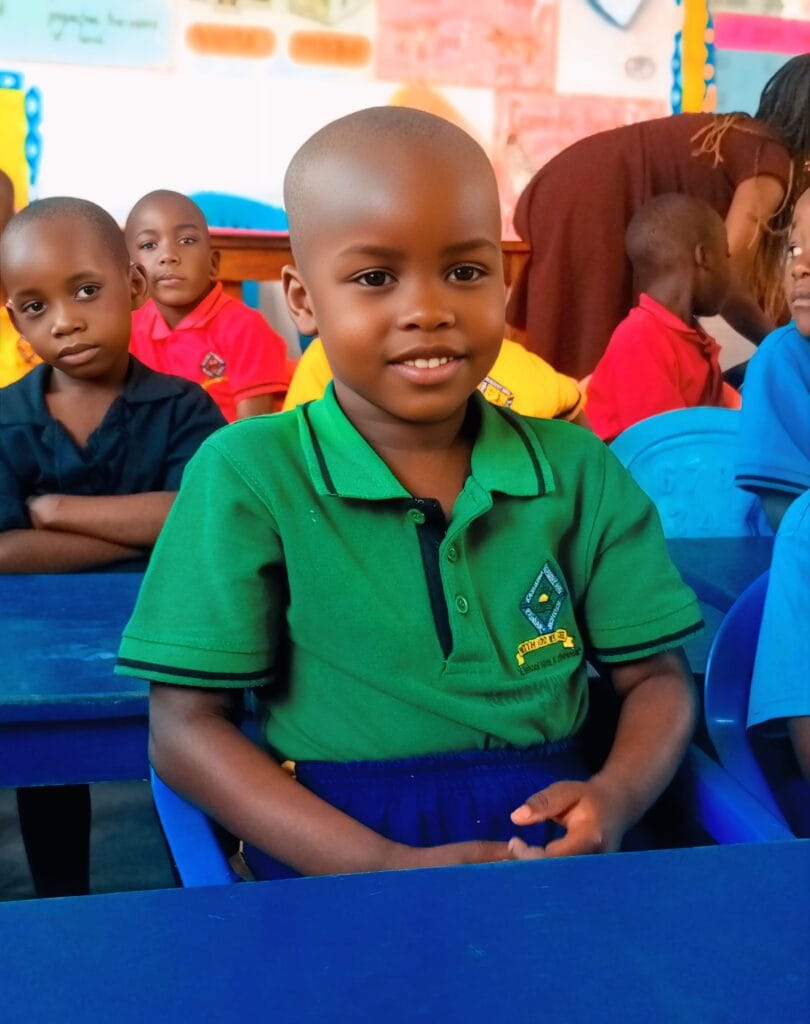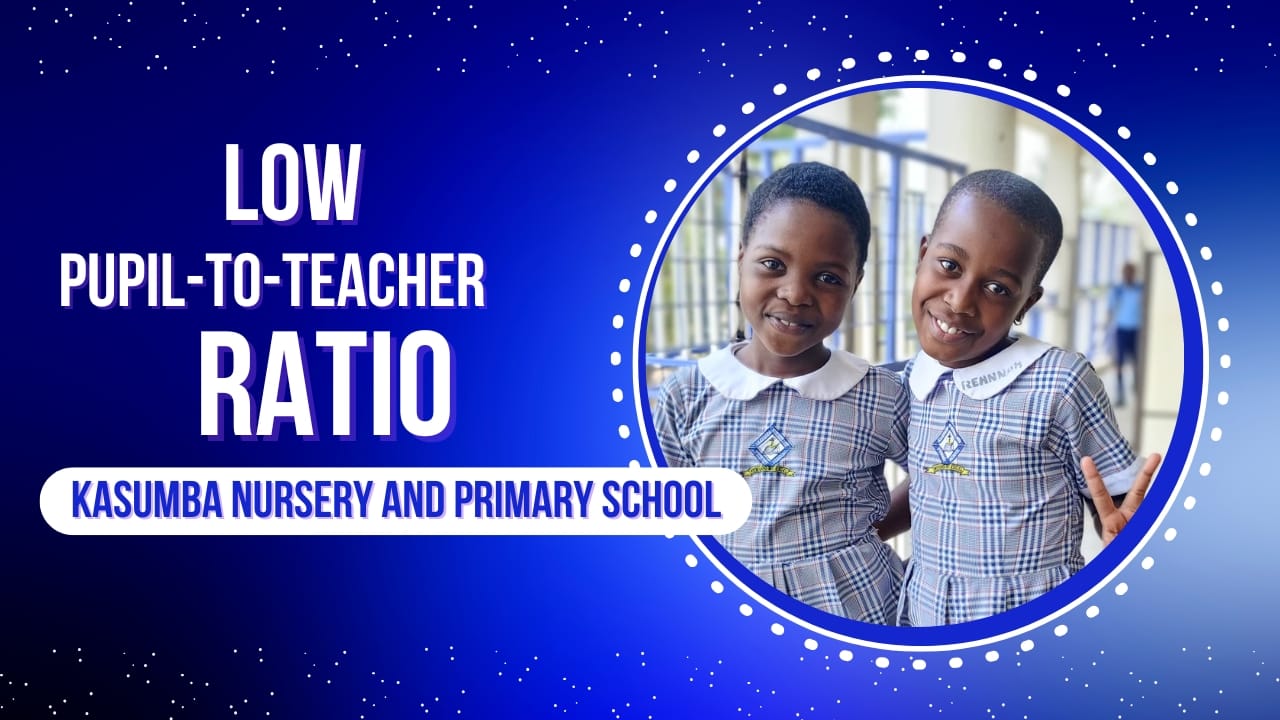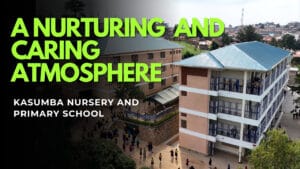Introduction
Low Student‑to‑Teacher Ratio at Kasumba Nursery and Primary School is not just a phrase, it’s the foundation for a learning environment where your child truly thrives. As a leader deeply invested in holistic education, I know that meaningful, measurable benefits come when each child gets the attention and support they deserve. This article walks you through 5 powerful ways that a low student‑to‑teacher ratio at Kasumba Nursery and Primary School brings value, to your child, your confidence, and our school’s mission.
Table of Contents
Low Student‑to‑Teacher Ratio at Kasumba Nursery and Primary School and Personalized Learning
Having a low student‑to‑teacher ratio at Kasumba Nursery and Primary School means fewer children per class, allowing educators to understand each child’s strengths, challenges, and learning style. That clarity leads to tailor‑made lesson plans, customized feedback, and adjustable pacing. No filler content here: this is practical, measurable, outcome‑focused teaching.
Low Student‑to‑Teacher Ratio at Kasumba Nursery and Primary School Bolsters Emotional and Behavioral Support
In smaller classes, teachers can identify emotional and social needs quickly and respond with care. Children are seen, not lost in a crowd. For parents, that means peace of mind. Our approach supports emotional intelligence and behavior management directly from day one.

Low Student‑to‑Teacher Ratio at Kasumba Nursery and Primary School Encourages Participation and Engagement
A low ratio transforms class dynamics: more questions, more chances to speak, more active participation. Your child doesn’t get overlooked, they become confident speakers and critical thinkers. That active involvement builds communication skills and self-esteem early.
Low Student‑to‑Teacher Ratio at Kasumba Nursery and Primary School Means Early Detection of Learning Gaps
When teachers truly know each child, they spot small learning gaps early. Whether phonics, math concepts, or social skills, intervention happens fast. That prevents minor issues from becoming major challenges. It’s strategic, and effective.
Low Student‑to‑Teacher Ratio at Kasumba Nursery and Primary School Fosters Strong Teacher‑Child Relationships
Smaller class size nurtures trust and familiarity. Children feel safe to ask questions; parents feel confident in communication. The deeper relational bond also supports spiritual, social, and intellectual growth. That’s at the core of our school culture.

Why Kasumba’s Ratio Stands Out
At Kasumba Nursery and Primary School, we maintain one of the lowest student‑to‑teacher ratios in Uganda’s early education sector, ensuring the values we talk about are actually lived in daily routines. From curriculum to pastoral care, that ratio isn’t just policy, it’s practice, lived in every classroom.
Holistic Development Beyond Academics
This low ratio doesn’t just support test scores, it supports your child’s whole person: emotional resilience, spiritual values, social confidence, and moral grounding. That aligns with our strategic goal: to raise well‑rounded children who lead with purpose.
How Parents Can Maximize These Benefits
- Engage in parent‑teacher conferences regularly, teachers know your child personally, so that conversation is meaningful.
- Volunteer in classroom or school events, smaller classes welcome extra support in hands-on ways.
- Reinforce personalized learning at home: ask teachers about individual learning plans or progress targets.
- Encourage your child to speak up and participate, they’re in a space built for their voice.
Conclusion
Choosing a school where the low student‑to‑teacher ratio at Kasumba Nursery and Primary School is a lived reality gives your child personal attention, meaningful support, and strategic advantage. It’s not fluff, it’s purposeful, outcomes‑driven education. That’s how we shape children into confident, caring leaders who grow in every dimension: academic, social, spiritual, and emotional.





